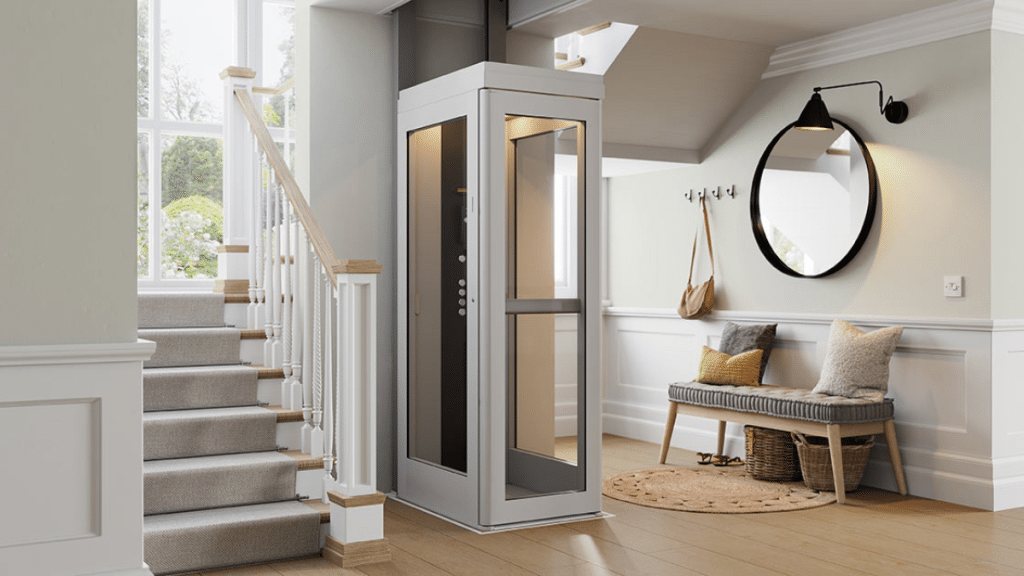As Australia’s population continues to age and multigenerational living becomes more common, the appeal of home elevators is steadily rising. No longer reserved for luxurious mansions or commercial buildings, residential lifts are becoming a practical solution for many homeowners. But with installation costs, ongoing maintenance, and design considerations to factor in, the big question remains—are home elevators worth the investment? Let’s explore the benefits, drawbacks, and long-term value of installing a lift in your home.
Enhancing Accessibility and Future-Proofing Your Home
One of the most compelling reasons to install a home elevator is accessibility. For individuals with mobility challenges—whether due to age, injury, or disability—a lift transforms a multi-storey home into a safe and manageable environment. Even for homeowners currently in good health, a home elevator can be a smart investment in ageing in place, ensuring long-term comfort and independence. Paired with regular maintenance and lift safety upgrades, modern residential lifts offer peace of mind through advanced safety features and emergency systems.
Boosting Property Value and Market Appeal
Installing a home elevator can also enhance your property’s value. Buyers are increasingly drawn to homes that combine style, convenience, and inclusivity. A sleek, well-integrated elevator can make your property stand out—particularly in high-end or multi-level housing markets. While the initial outlay may be significant, many homeowners recoup their investment through higher resale values and broader buyer appeal.
Stylish Design Options to Suit Any Home
Today’s residential lifts come in a wide range of finishes, configurations, and cabin styles to suit contemporary and classic interiors alike. Whether you’re after a minimalist glass shaft or a more discrete in-wall design, there’s a solution that won’t compromise your home’s aesthetic. On top of this, lift manufacturers now offer models with quieter motors, compact footprints, and energy-efficient systems that integrate seamlessly into the existing structure of your home.
Considerations Before Committing
Despite the advantages, installing a home elevator is a major decision. Here are a few important factors to weigh:
- Initial Cost: Prices can vary depending on the size, type (hydraulic, traction, or vacuum), and customisation involved. Installation can range from $30,000 to $60,000 or more.
- Maintenance: Like any mechanical system, elevators require regular servicing to ensure reliability. Keeping up with maintenance will preserve both performance and safety.
- Space Requirements: Although residential lifts have smaller footprints than commercial versions, they still require careful planning around floorplans, load-bearing walls, and power sources.
Who Benefits Most?
Home elevators are particularly worthwhile for:
- People with reduced mobility or chronic conditions
- Ageing homeowners planning to stay long-term
- Families living in double-storey or split-level homes
- Investors or renovators targeting the premium real estate market
If you fall into one of these groups, a home elevator may offer both immediate convenience and future financial gain.
Final Verdict: A Smart Investment for the Right Home
So, are home elevators worth it? For many Australians, the answer is yes—especially when the goal is to improve mobility, add luxury, and boost property value. While not every home or budget will accommodate one, the benefits often outweigh the costs in the right setting. With a commitment to professional installation, ongoing maintenance, and essential lift safety upgrades, a home elevator can be one of the smartest lifestyle and property decisions you’ll ever make.
